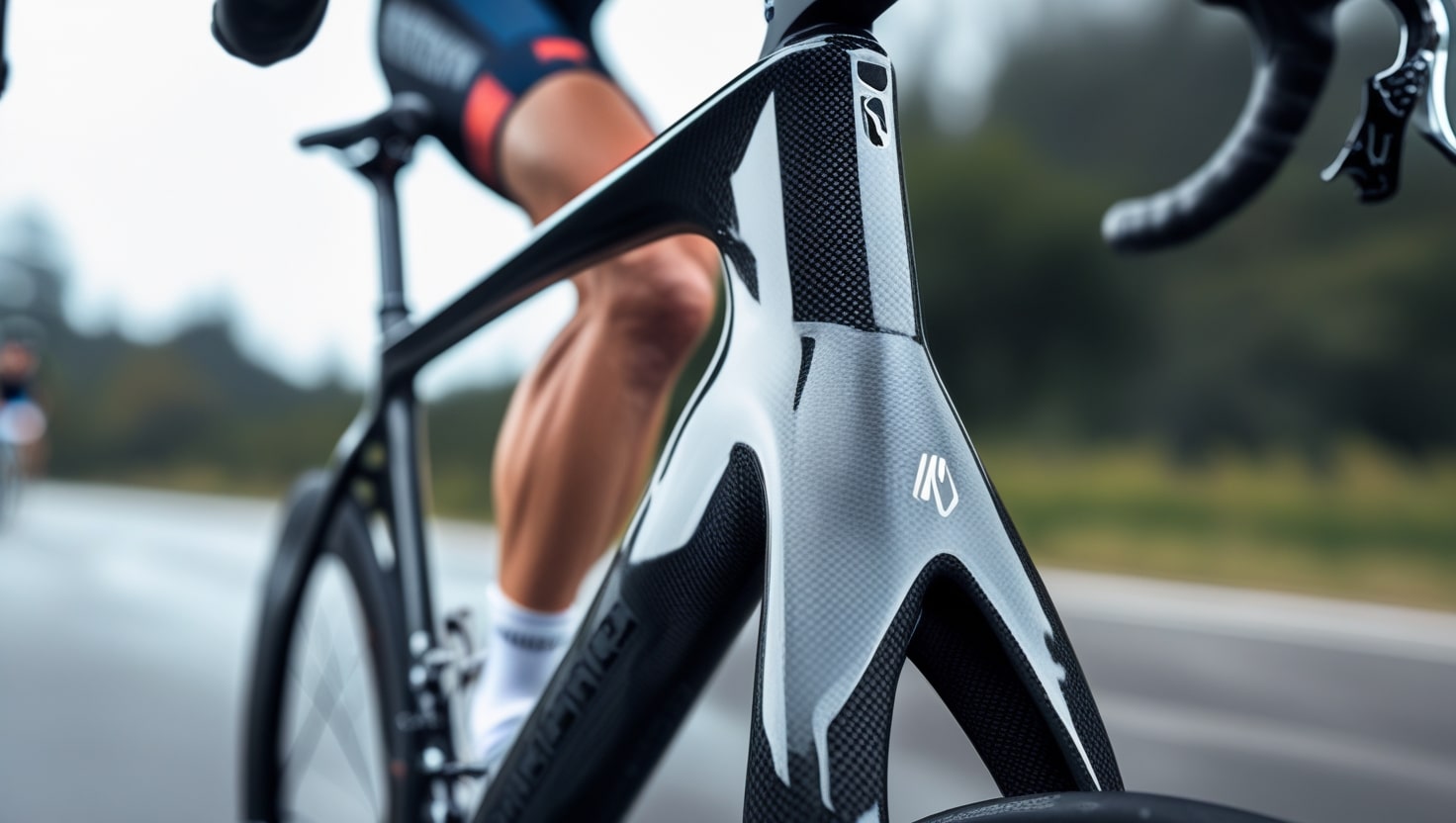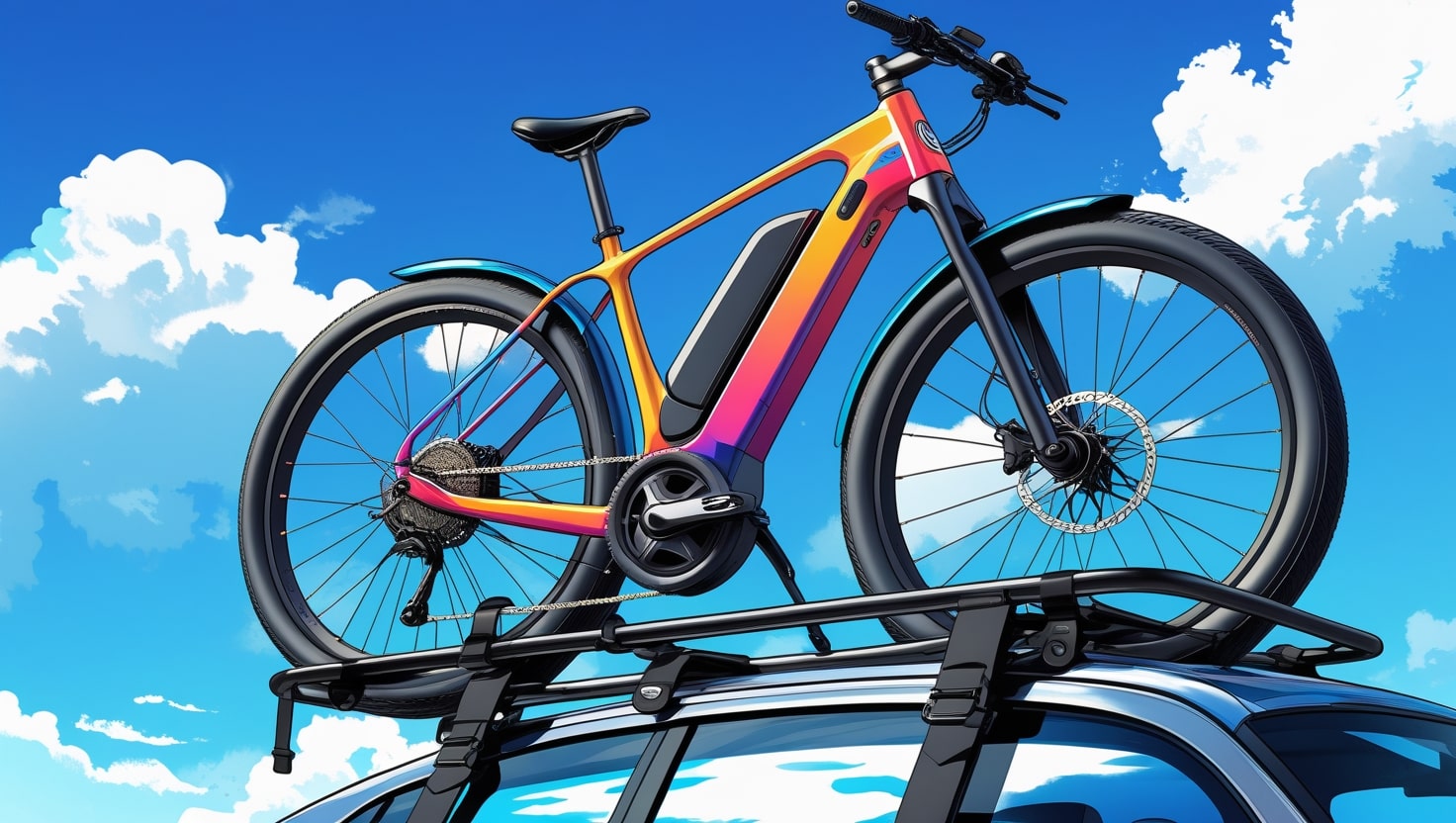As someone who has always admired Italian design, I find the Moto Guzzi story especially captivating—not just for its powerful motorcycle legacy but for how deeply its logo speaks to the brand’s journey. The Moto Guzzi logo history reflects more than just visuals; it’s a series of meaningful alterations that quietly tell a sad yet inspiring page of evolution. Over the years, the manufacturer has modified its emblem nearly ten times, yet one striking image has always dominated: a flying eagle.
Related: Husqvarna Logo History
Meaning and history
The Moto Guzzi story began in the 1910s, when three men from the Italian Air Corp shared a vision to build a motorcycle company once World War I ended. These were not ordinary men—they were two pilots and a mechanic, all trained to work with aircraft during war. Giorgio Parodi, from a family of wealthy ship-owners, brought the money to fund the project, while Carlo Guzzi focused on the design of the motorbikes. Their friend Giovanni Ravelli, a skilled pilot and motorcycle racer, was chosen to promote the new vehicles.
Sadly, Giovanni Ravelli died in an aircraft crash just days after WWI. In his memory, Guzzi and Parodi commemorated him with the eagle in the logo—a symbol that still defines the company today. The brand officially launched in 1921 in a small shop in the Province of Como. Their earliest motorbike featured a rhombus displaying the letters “GP,” the initials of Guzzi and Parodi.

1924
In the early years, the Moto Guzzi identity became instantly recognizable with its eagle logo, first unveiled as a symbol of strength and tribute. The flying eagle sat above the words “Moto Guzzi,” set in an austere, sans serif typeface that gave it a formal and timeless look. One of the most distinctive features of the type was the unique “U” with a squarish bottom, a detail that gave the entire mark a subtle character.
As the decades progressed, the logo underwent several updates, particularly to its typeface. A postcard from 1944 showed lighter features, with initials that appeared larger than the other letters. Just a year later, a new version introduced a heavier serif style. By 1951, the brand had adopted a fresh sans serif look again, but this time the design came in a refined palette, combining both darker and lighter shades of a warm, green hue.

1957
In 1957, the Moto Guzzi logo saw a striking overhaul that stood out from all earlier designs. The iconic eagle, once flying freely, was now positioned inside a notched wheel, symbolizing motion and mechanical precision. The words of the company’s name were carefully placed above and below the eagle, creating a strong structure that forms two clean arches around the centerpiece.

1958
In 1958, a new version known as the Del Gambalunga emblem appeared, marking another bold step in the Moto Guzzi visual evolution. Although the eagle was still preserved, its look was quite different, capturing attention with an unusual style that sparked curiosity. Some people even supposed it was inspired by Fascist symbolism, which reflected the strong, nationalistic tone of that era.
1976
There was a whole new version. The letters became clearer and easier to read, as did the bird.

1994
In 1994, the original realistic eagle returned to the new logo, this time with a more detailed look, showcasing the eagle’s feathers in a refined style. The text in the logo also looked quite similar to the company’s earliest design, keeping its heritage intact. However, the logo took a modern turn by being placed inside an ellipse and given bold new colors—red and yellow.
Related: What Is Tank Grip?
2007
The medallion was created in three dimensions by the Metalli Lindberg graphic agency.
Related: Top Motorcycle Clubs

Current version
The present Moto Guzzi logo has evolved to closely resemble the original design, with a few modern tweaks. The company decided to move away from the ellipse, which had previously enclosed the design. As a result, the logo now stands more boldly, and it can be displayed in white with a black outline or in a striking red version. This modernized version still carries the same essence, preserving the timeless identity that has defined Moto Guzzi for decades.
Related: How Much Does a BMX Bike Cost?
Related: How to Start a Motorcycle Club
FAQs
What does the Moto Guzzi eagle symbolize?
The eagle in the Moto Guzzi logo is a powerful tribute to Giovanni Ravelli, one of the company’s founders and a skilled pilot. After his tragic death in an airplane crash shortly after World War I, his fellow founders, Carlo Guzzi and Giorgio Parodi, decided to commemorate their fallen comrade by incorporating an eagle in their logo. The eagle symbolizes not just their personal loss but also represents freedom, speed, and the spirit of adventure—all qualities that perfectly resonate with the essence of motorcycle riding.
How has the Moto Guzzi logo evolved over the years?
The Moto Guzzi logo has gone through many changes since its inception in 1921. The earliest logo featured the initials “GP” for Guzzi and Parodi, displayed in a simple rhombus shape. In 1924, the iconic eagle was introduced, marking a shift in the logo’s design. Over the years, the logo has undergone several variations, especially in typography and color schemes.
Notable moments in its evolution include the 1957 redesign with the eagle inside a notched wheel, and the controversial Del Gambalunga emblem in 1958. Later, in 1994, the logo returned to a more realistic version of the eagle, while the current version still resembles the original design, emphasizing the heritage of the brand.
Why does the Moto Guzzi logo sometimes appear in different colors?
The Moto Guzzi logo often appears in different colors due to its evolutionary design and branding strategy. Initially, the logo had simplistic color schemes, but as time passed, versions of the logo introduced new hues for various purposes. For example, the 1994 logo, featuring a realistic eagle, was encased in an ellipse with red and yellow to enhance visibility and improve brand recognition.
Over time, the logo has been shown in white with a black outline or in red in its more recent forms. These color variations reflect the brand’s adaptability to modern aesthetics while still maintaining its historical identity.
Related: What Motorcycle Does Echo Ride?








